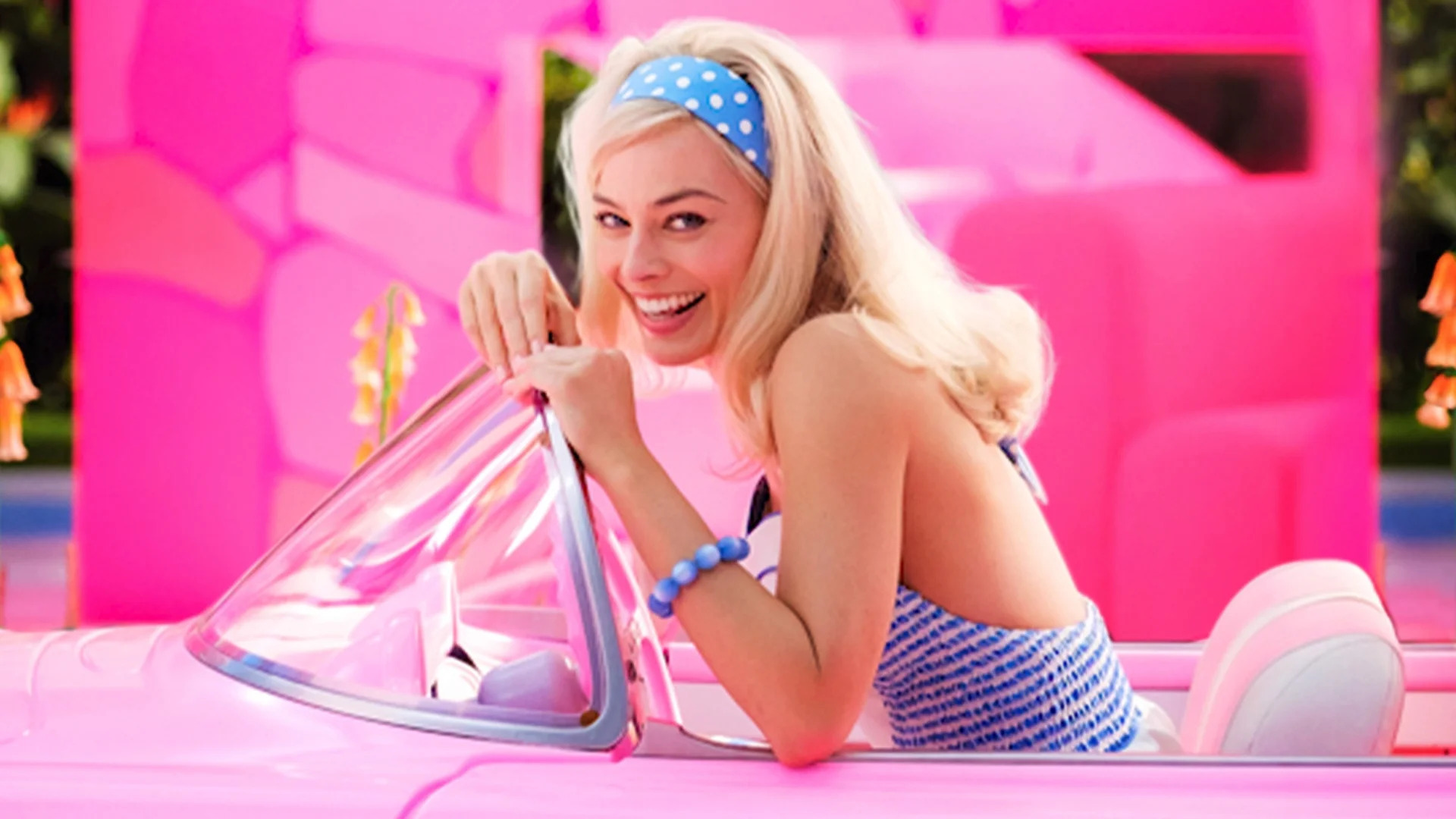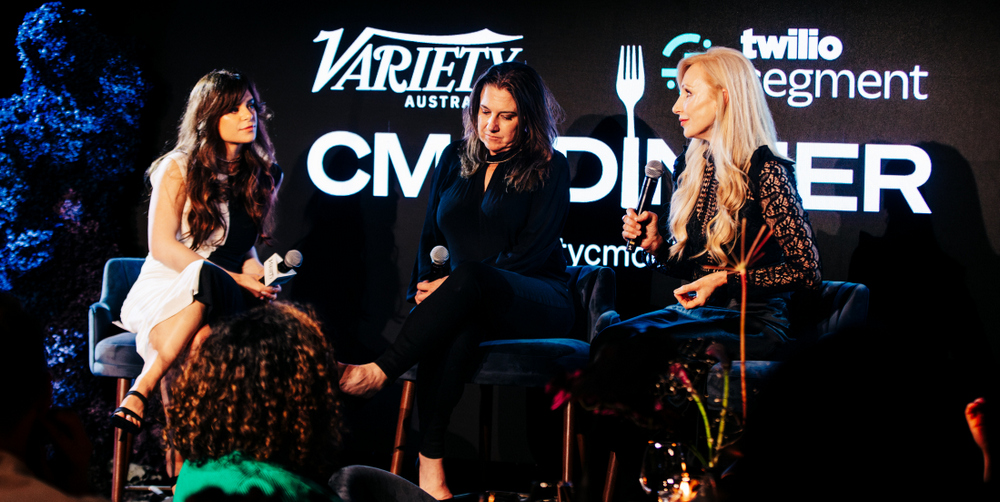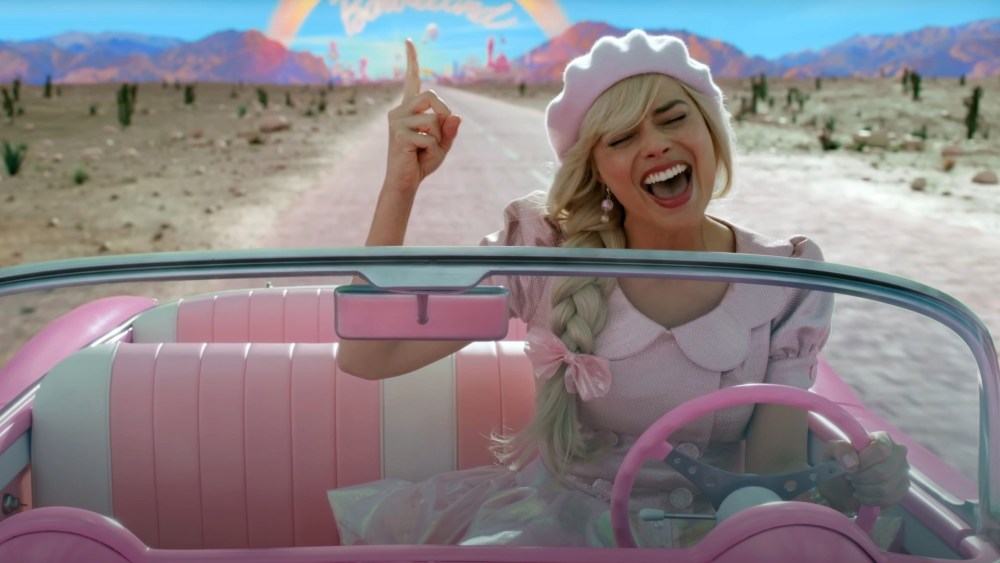Unless you’ve been living in an underwater cave for the past several months, Barbie has been part of your world.
Whether you asked for it, or anticipated it, Mattel’s enduring plaything has exploded into a pop culture phenomenon.
The fuse, of course, was lit by Universal Pictures’ Barbie film, directed by Greta Gerwig, led by superstar Australian actor Margot Robbie in the titular role with Canadian Ryan Gosling as her thick-as-a-brick sidekick Ken, and featuring an all-star soundtrack.
Turning vintage plastic into something fantastic isn’t as simple as it might sound.
Speaking at Variety Australia’s inaugural CMO dinner earlier this month, Suzanne Stretton-Brown, Director Of Marketing ANZ at Universal Pictures International Australasia, gave guests a glimpse behind the curtain.
Stretton-Brown and her team was charged with taking the awareness of an iconic, 60-year-old brand, “and converting that into interest,” realising its connection predominantly with young girls, and taking “it beyond that.”
Speaking on a panel with Seven Network’s chief marketing officer Melissa Hopkins, and facilitated by Variety AU/NZ’s Editor in Chief Poppy Reid, Stretton-Brown identified the markers for making Barbie the year’s biggest box-office hit, and a record-setter multiple times over.
It’s a rare combo of star-power, good vibes, partnerships and the right story, told at the right time.
One of those special ingredients is pink. The colour pink.
“It’s everywhere,” she explained. “There’s something psychologically wonderful about pink. It is a key brand asset for Barbie, but there was something about the joy, the celebration of pink that just cuts through and took our brand out there. The combination of all these things drew emotion. If you don’t stir emotion in your campaign your content is not going anywhere.”
To help paint the town pink, Universal forged partnerships and collaborations with music, fashion, food, retail.
“They embraced the brand, and the one condition of being a partner — they had to come to market with their own bespoke representation of Barbie.”
Visit Grill’d for your pink Barbie Dreamburger, to munch in a converted Barbie house, and you get the picture.
Through those collaborations, a bonus. The film enjoyed further marketing reach and there “was a sense then for the consumer that Barbie is on every shop corner. Wherever you go, there’s Barbie, there’s pink.” You can’t escape it.
All good campaigns require the magic of good timing.
Barbie’s rollout of content was a strategic one, a so-called “bread crumb strategy,” recounted Stretton-Brown, where nuggets of goodness are dropped really slowly over a period of 12 months.
It’s a balancing act – don’t give too much, but sustain interest. The numbers suggest it worked.

Barbie has whizzed past $1 billion at the global box office, for the biggest result for any film this year, and a record for a female director, and its soundtrack is a smash hit on charts around the globe, including Australia.
“When I talk about timing,” remarked Stretton-Brown, who has worked on Oppenheimer, Jurassic World and more, “women have been underserved at cinemas for quite a while. When did we have a great girls’ night out at the movies? Barbie has given us that opportunity. The timing was right.”
Also, she pointed out, accurately, the movie is “happy, it’s a celebration.” After the drab years that were the pandemic, Barbie is “the entertainment tonic that we need right now.”

Meanwhile, Hopkins gave guests a glimpse at her ambitions for the Seven Network.
Just four months into the new job, Hopkins will oversee a rebrand of Seven. Or rather “make Seven relevant again to Australians,” she enthused.
“There’s a real opportunity for us to become part of the fabric of Australia again, to really define ourselves as a brand, over and above our content.”
The broadcaster, she continued, isn’t starting from scratch. It’s “absolutely got latent brand love,” and reaches 17 million Australians each month – roughly the same footprint as Google. “We’re in great company.”
Without giving too much away, Hopkins said the journey is not just to “be seen as a content player but part of the fabric of this country.”
Variety’s invite-only dinner was held earlier this month in Sydney, bringing together some of the country’s top entertainment, tech and wider business CMOs.































